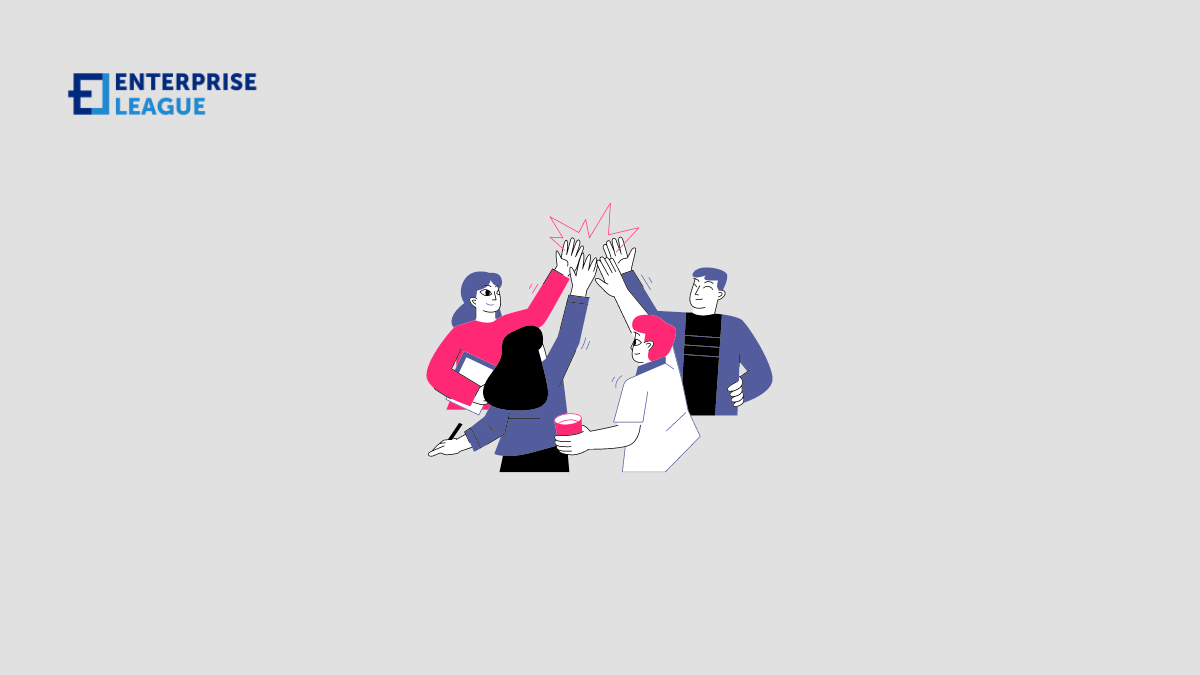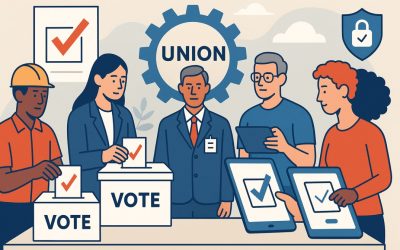Integrating soft skills training into your LMS: A guide to employee success
August 01, 2023

As technology advances, the value of unique human skills is rising. Soft skills are the secret ingredient that helps people work as a team, develop new ideas, and build meaningful relationships. After all, a business needs more than just technical skills to survive. Hence, including soft skills training for a learning management system (LMS) is essential.
Having accessible steps for integrating soft skills training into your LMS can give your employees a structured approach to developing these crucial skills.
8 steps for incorporating soft skills training into your LMS
Investing in soft skills training through LMS can help promote teamwork and enhance productivity. You can offer interactive courses, perform assessments, give feedback, and keep track of progress all in one place with an LMS. Lets have a look at 8 ways in which you can incorporate soft skills into your LMS:
Identify soft skills competencies
Soft skills can facilitate effective collaboration in a team and help advance one’s professional journey. Start by figuring out which soft skills your company values the most. Customize your training to address these skills and ensure it fits your company’s needs.
Suppose your organization values good communication. The company can benefit significantly from focusing on doing modules about active listening, giving comments, and solving conflicts.
Engaging and interactive content
Tap into your creativity when developing training content. Make it interesting and interactive to keep people’s attention. Text-only presentations can be boring and may not convey the subtleties of soft skills.
Instead, use videos, infographics, animations, interactive quizzes, and other multimedia elements to make learning fun and immersive. For example, you could use video role-playing exercises to simulate situations. You could also help employees practice their communication and empathy skills through scenario-based learning.
Microlearning approach
Use gamification features in your LMS to encourage employees to participate in soft skills training. Create a healthy sense of competition by giving badges, leaderboards, or point systems. This way, you can encourage them to keep improving their soft skills.
For example, employees can get badges for completing modules on teamwork or points for solving a conflict scenario in a role-playing exercise. The employee earning the highest points will receive a surprise gift from the company.
Gamification for motivation
Simplify your approach by dividing soft skills training into small modules. Using a microlearning method can make it easier for employees to learn. They’ll find absorbing and recalling information simpler when lessons are short and to the point.
You can concentrate each module on a specific soft skill. This approach will help employees to grasp the concepts and apply their newfound knowledge. Consider adding a test or a brief quiz to assess your module’s effectiveness.
For example, a series of modules to enhance negotiation skills can tackle creating a strategy and developing a plan. You can design each module to facilitate learning within a five-minute timeframe.
Scenario-based learning
Use scenario-based learning to enhance the practical application of soft skills in real-life situations. Give learners tough work situations where they must decide based on their knowledge of soft skills. Getting immediate feedback on their choices helps them understand and improve their skills.
For example, you can give a customer service scenario with varying difficulty levels. This training can help employees identify what they’re good at and what they need to work on.
Manager involvement and support
Involving managers in soft skills training is essential in making it a part of their daily work routines. They can ensure the retention of soft skills by providing regular feedback and opportunities for practice.
When managers use and value soft skills in their interactions, it sends a message to their teams about how important these skills are at work. For comprehensive practices on how to more effectively incorporate management soft skills training, you can explore further tips and strategies tailored for managerial roles.
Soft skills in performance evaluations
You may connect soft skills development to performance reviews and the chance to move their careers up. Doing so can help employees develop a deep appreciation for enhancing their soft skills. Hence, they may prioritize nurturing and enhancing these skills to a greater extent.
Showing employees how important soft skills are to their career growth can motivate them to improve further. Meanwhile, training in soft skills shouldn’t be limited to a single event but rather an ongoing process.
Use spaced repetition to help people remember what they’ve learned. Consider providing refresher courses or workshops to cultivate a habit and motivate individuals to improve continually.
Measuring effectiveness
Regularly assess the effectiveness of soft skills training by using data analytics and gathering employee feedback. Monitoring and evaluating can help you assess the program’s effectiveness. Use surveys and tests to understand whether employees think they’re getting better at soft skills.
You can use the information to improve the training program. Ensure it continues to meet the needs of employees and the organization.
Conclusion
Incorporating these methods for teaching soft skills into your learning management system can have a positive impact. Investing in employees to ensure competence can help the organization succeed.
A well-rounded and effective soft skills training program can create a positive and collaborative work environment. It can also improve employee satisfaction and productivity, helping you achieve organizational excellence.
More must-read stories from Enterprise League:
- Motivating business role models to inspire your entrepreneurial spirit.
- Profitable and funny business idea that you can start today.
- Have a look at the best countries to start a business as a foreigner.
- Innovative small business growth tips that will take you to the next level.
- What it takes to start a wholesale business from scratch?
Related Articles
Best 1800 Number Providers In Australia
If you're operating a business in Australia, it's in your best interest to invest in the right tools to give you an advantage in your respective field. One tool that many local entrepreneurs often overlook is a business number, particularly an 1800 number. 1800...
Where to Find Affordable Election Services for Unions
Every year, thousands of labor or trade organizations across the country hold elections to choose representatives. This creates a demand for affordable election service providers that help unions manage the logistics. Election services for unions come in many...
Workplace Violence or Drug Accusations: Protecting Yourself Legally
Accusations of workplace violence or drug-related misconduct can derail a career, even when the claims are unfounded. A single allegation can lead to suspension, internal investigations, damaged professional relationships, and in serious cases, criminal charges....
Best 1800 Number Providers In Australia
If you're operating a business in Australia, it's in your best interest to invest in the right tools to give you an advantage in your respective field. One tool that many local entrepreneurs often overlook is a business number, particularly an 1800 number. 1800...
Where to Find Affordable Election Services for Unions
Every year, thousands of labor or trade organizations across the country hold elections to choose representatives. This creates a demand for affordable election service providers that help unions manage the logistics. Election services for unions come in many...





